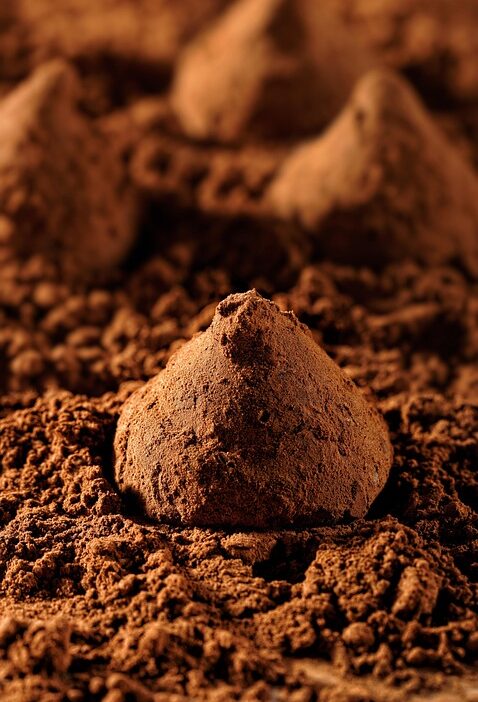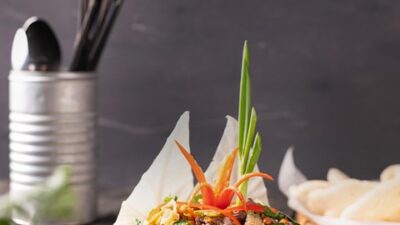In a world where visual content reigns supreme, food photography has surged in popularity, captivating hearts and appetites alike. Whether you’re a budding food blogger, a restaurant owner looking to promote your dishes, or simply someone who wants to cherish culinary moments, mastering the art of food photography can elevate your images from ordinary to extraordinary. Here are some essential tips to help you capture stunning food photographs that make viewers want to savor every bite.
1. Lighting is Key
Natural light is your best friend in food photography. Aim to shoot near a window during daylight hours to benefit from soft, diffused light that enhances the colors and textures of your food. Avoid harsh overhead lighting, as it can cast unflattering shadows and create unappetizing glare.
Tip: If you find that direct sunlight is too intense, use a sheer curtain to diffuse the light or position your dish slightly away from the window to capture that perfect glow.
2. Choose the Right Background
The background of your shot can make or break your composition. Opt for neutral, unobtrusive backgrounds to allow the food to shine. Wooden tables, marble countertops, or even simple linen can enhance the overall aesthetic.
Tip: Experiment with different textures and colors to find a backdrop that complements your dish without overwhelming it.
3. Play with Angles
The angle at which you shoot can dramatically alter the perception of your food. Common angles include:
- Eye Level: Best for dishes that have height (like burgers or stacked desserts).
- 45 Degrees: Great for bowls and plates, providing a natural perspective.
- Overhead (Bird’s Eye View): Ideal for flat layouts, such as brunch spreads or pizzas.
Tip: Don’t be afraid to experiment with multiple angles for the same dish to find the most flattering viewpoint.
4. Focus on Composition
Composition relates to how you arrange elements within the frame. Use the rule of thirds to create balance, placing your main subject off-center for a more dynamic shot. Incorporate negative space—areas around the subject that are empty—to allow the viewer’s eye to rest.
Tip: Use props strategically—utensils, napkins, and glassware can add depth, but ensure they don’t distract from the dish.
5. Highlight Texture and Detail
Food photography is all about showcasing the textures that make each dish unique. Capture the glisten of a sauce, the fluffiness of a cake, or the crunchiness of a salad in close-up shots.
Tip: Use a macro lens or your smartphone’s close-up mode to capture intricate details, giving viewers a tactile sense of the dish.
6. Styling Matters
Food styling can significantly impact how appealing your dish appears. Use fresh ingredients, garnish with herbs, or drizzle sauces for an enticing look. Remember, less is often more—overly complicated arrangements can detract from the main element.
Tip: Consider the seasonality of ingredients for an authentic touch—autumn leaves can complement pumpkin dishes, while fresh flowers can brighten a summer salad.
7. Edit with Intention
Post-processing can enhance your images, but moderation is key. Use editing software to adjust brightness, contrast, and saturation, ensuring that the final image remains true to the dish.
Tip: Maintain consistency in your editing style across your images to establish a cohesive look if you’re building a brand or a social presence.
8. Tell a Story
Every dish has a story, whether it’s the recipe’s origin or a family tradition. Incorporate elements that resonate with these narratives in your photo. Include ingredients or utensils that show the process and context.
Tip: Pair your images with captions that share the dish’s background or your personal connection to it, adding depth to the visual experience.
Conclusion
Food photography is a blend of artistry and technical skill, allowing you to capture flavors and experiences that tantalize the senses. By paying attention to light, composition, styling, and editing, you can transform your culinary creations into stunning works of art. Remember to savor the moment and enjoy the process—after all, great photography, much like great food, is about passion and creativity. Grab your camera, and let the world feast upon your talent!



